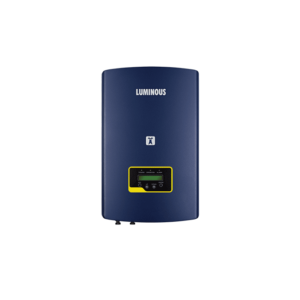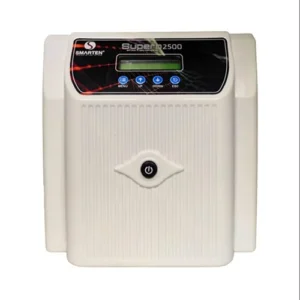Surface Mounted Solar Structure
Solar panels perform best when exposed to direct sunlight. For that to happen, modules get mounted at an angle facing the south. This is where solar panel mounting structures come into play.
Solar Mounting Structures are critical components that ensure the efficiency of a solar power system in both utility and rooftop applications. These frameworks allow panels to rest comfortably at the right angle which helps in maximizing energy generation.
Solar projects in India use a variety of solar mounting technologies and designs, like Rooftop solar mounting structures, ground solar mounting structures, carports, and sun tracker solutions.
Types of Solar Mounting Structures
Since mounting structures affect the overall generation, efficiency, and durability of the system, it is crucial to select the right one for your needs. It is also vital to ensure that the structure is stable and can withstand wind, hail, rain, snow, and even moderate earthquakes.
There are five primary types of solar mounting structures.
1. RCC Roof Mounts
2. Ground Mounts
3. Solar Carports
4. Shed Mounts
5. Tracking structures
1.RCC Roof Mounting Structure:
RCC stands for Reinforced cement concrete. These kinds of mounting structures are used to install solar panels over concrete rooftops. Roof-mounted racks reduce the distance between the solar array and the solar inverter. In doing so, it decreases the amount of wiring required, which prevents DC losses. These are the most common types of installations in the residential and commercial segments.
But these kinds of mounting structures require roof penetration. If the area where the mounting structure is drilled into the roof is not sealed properly, it can lead to roof leaks.
Another downside of roof-mounted structures is that if the roof orientation and angle are not appropriate, your system will waste a lot of energy. You must ensure that there is no shade from trees or other structures that can obstruct sunlight.
When your home or building has enough room for all the solar panels you need, roof mounts are ideal. These racks can also be used in conjunction with a solar tracker.
2.Ground Mounting Structure:
Ground mounts place solar panels on the grounds of your property. This is an ideal solution if your roof lacks space for a roof mount or is excessively shadowed by trees.
The disadvantage is that ground-mounted constructions are vulnerable to vandalism, dirt, leaves, and snow accumulation at the bottom of the array. As a result, ground-mounted racks should only be used in secure areas that are clean and stable (with little snow or dirt on the ground).
3.Carport Mounting Structure:
Carport structures are very similar to ground-mounted solar structures. The only major difference is that unlike the latter, carports are installed at a considerable height to allow car parking space underneath.
Such installations make it possible to turn underutilized real estate into clean energy-generating spots. It is also easy to integrate these types of solar plants with in-built electric vehicle (EV) charging stations.
These structures are suitable for both residential and commercial consumers. Solar carports also look incredibly sleek and enhance the aesthetics of the space.
4.Shed Mounting Structures:
Shed Mounting structures are essentially rooftop solar structures. However, rather than concrete roofs, they are mounted on metal sheds/sheet roofing. These can be used in the residential sector, but are more popular among commercial and industrial consumers.
Business owners opt for shed mounts to install solar plants over their factories, warehouses, cafeterias, etc. to independently generate clean energy and reduce their energy bills.
5.Tracking System Mounting Structures:
Tracking System Mounted Racks are used for solar tracking and solar water pumping systems.
Solar trackers are automatic devices that allow your panels to follow the direction of the sun throughout the day for the best solar exposure. They are very beneficial in hot regions.
There are two types of tracking systems available- one-axis and two-axis trackers. One-axis trackers measure the sun’s movement from east to west, whereas two-axis trackers track the sun’s daily and seasonal path and are commonly deployed with PV concentrator systems.
While solar trackers improve efficiency and eliminate manual panel maintenance, they are not as common due to the high total cost. Moreover, since they are moving structures, there is a risk of breakdown.
Conclusion:
As we established, all types of mounting structures have their advantages and disadvantages. So how do you choose the right one for you?
To make an informed decision, ask yourself the following questions:
- How much space do I have for the installation?
- What is the solar capacity I require? And Is there a chance I might have to expand this capacity in the future?
- What is my budget for the installation?
- Are the aesthetics of the installation a priority for me?
Showing all 2 results
Solar Panel Stand GI for 10 solar panels
Surface Mounted Solar Structure Original price was: ₹22,500.00.₹18,500.00Current price is: ₹18,500.00.Solar Panel stand GI for 8 solar panels
Surface Mounted Solar Structure Original price was: ₹22,800.00.₹18,500.00Current price is: ₹18,500.00.






